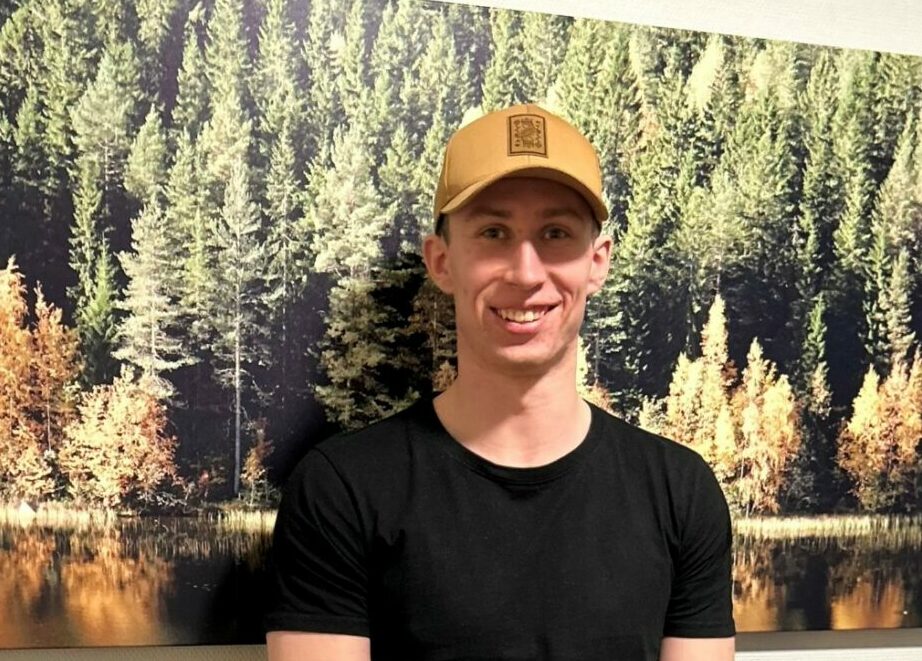Johan Östensson is studying for a Master’s degree in Chemical Engineering at Luleå University of Technology and is currently working on his thesis with us.
Johan’s task is to delve into and map out different processes for producing green propylene from ethanol. Propylene is a necessary component for the manufacture of polypropylene, a very common type of plastic found in everyday products such as food containers, packaging, toys, furniture, and textiles.
Johan is conducting a mapping study where he explores the literature for various processes to produce green propylene. His work will highlight differences between different processes from an economic and climate-related perspective and provide us with a clear picture of the technological landscape for bio-based propylene production. Johan has been with us for two months but has already made significant progress in his work.
So far, it has felt good to be here at Sekab, the work is independent but I receive good support for the questions and thoughts I have, and I have felt very welcomed by everyone in the company.
Mathilda Johansson is Johan’s supervisor during this time.
 Johan is very independent in his work and drives the project forward largely on his own. Initially, together with the rest of the IC function, I defined a proposal for the research questions and project scope. Johan and I have then discussed and worked on this proposal together, and my primary role right now is to steer the project in a direction that continues to align with Sekab’s interests. In addition to that, Johan and I sit in the same office and often have spontaneous discussions about questions that arise along the way.
Johan is very independent in his work and drives the project forward largely on his own. Initially, together with the rest of the IC function, I defined a proposal for the research questions and project scope. Johan and I have then discussed and worked on this proposal together, and my primary role right now is to steer the project in a direction that continues to align with Sekab’s interests. In addition to that, Johan and I sit in the same office and often have spontaneous discussions about questions that arise along the way.
Johan handles the challenge of determining the depth of his work by attempting to have a broad overview initially and gradually focusing more on the most interesting aspects.
The most challenging part has been knowing how deep I should delve into things; it’s quite a broad topic, so knowing early on what will be relevant in the end isn’t easy to determine. I’ve mainly tried to get a good overview and dig deeper into the things that seem most promising, then continue like that until I can propose one or more ways for Sekab to produce propylene.
There is a high demand for green propylene, and more and more investments are being made in its production, so it’s important for Sekab to understand the potential and limitations of different technologies. Johan’s work fits well into the portfolio of development projects that the IC function is working on. Practical implementation in Sekab’s processes is likely relatively far off in time, but Mathilda hopes that Johan’s work could eventually be important for Sekab’s operations.
I believe the setup for Johan’s project is a very good way to initially evaluate potential new products. With Johan’s work and similar future projects, we will be able to provide better data for decisions regarding various development efforts and hopefully increase the likelihood of investments in favorable technology choices. Today, large volumes of (poly-)propylene are demanded in industries such as automotive and furniture, which indicates a very high demand for green propylene as companies strive to fulfill their sustainability commitments.

